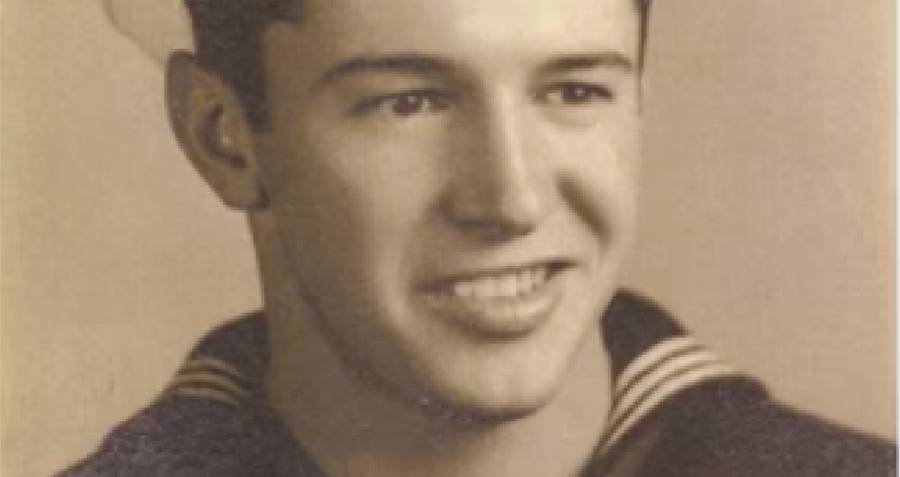A lot of young men aren’t keen on the idea of serving in the Armed Forces, particularly when their country is engaged in a brutal war with a vicious enemy. Being on a battlefield is something that intimidates many inexperienced young men – and with good reason.
There are also many young men eager for service, especially during a time of war, especially when the cause is right and just.
During World War II, one young American was so eager to join his nation’s fight against Adolf Hitler and the Nazis that he began some premature habits – like shaving – because he wanted to appear older so he could join the U.S. military.
Calvin Graham might have been just 11 years old, but he was determined to serve his country, particularly after Pearl Harbour was attacked. He even adopted a low voice to better imitate a grown man. He was good enough to fool the recruiters on the day he enlisted in Houston, Texas, in 1942.
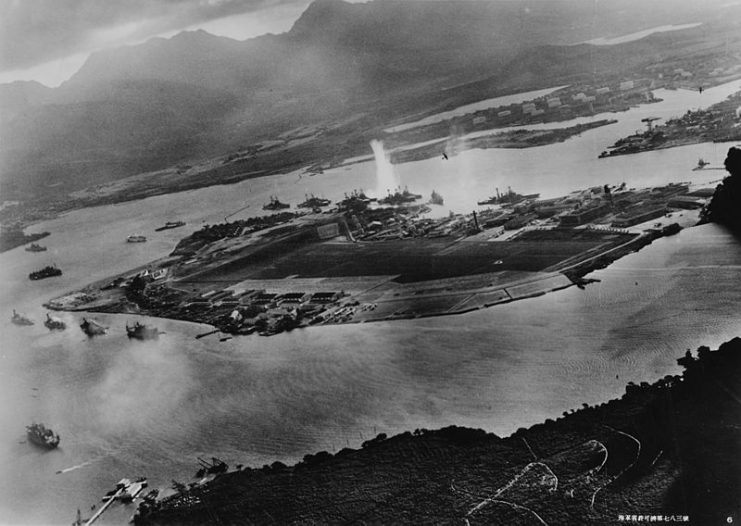
Boys could enter the military back then at age 17, or age 16 if they had parental consent. Graham did not, but that didn’t deter him. He simply forged his mother’s signature and was accepted.
Although he later said he hated basic training, he toughed it out. Soon he was aboard the USS South Dakota, on his way to Pearl Harbor at the age of 12.
As far as records show, he is the youngest person ever to have served in the U.S. military. In addition to fighting in the war, he also received two highly-prized medals.
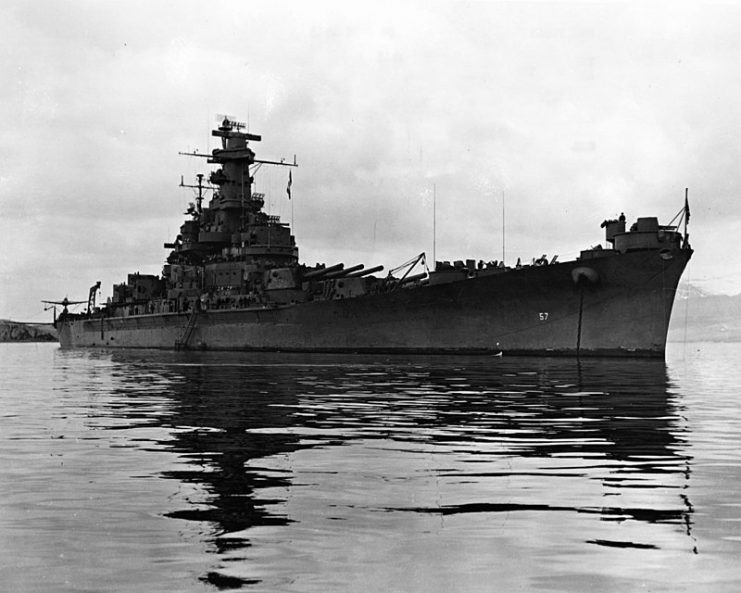
Within a few months of being aboard the USS South Dakota, Graham took shrapnel to his face, jaw, and mouth during a battle with the Japanese. In spite of his injuries, he continued pulling his shipmates to safety, for which he later received a Bronze Star and a Purple Heart.
When interviewed by a reporter after the battle, Graham said, “I took belts off the dead and made tourniquets for the living, and gave them cigarettes and encouraged them all night. It was a long night. It aged me.”
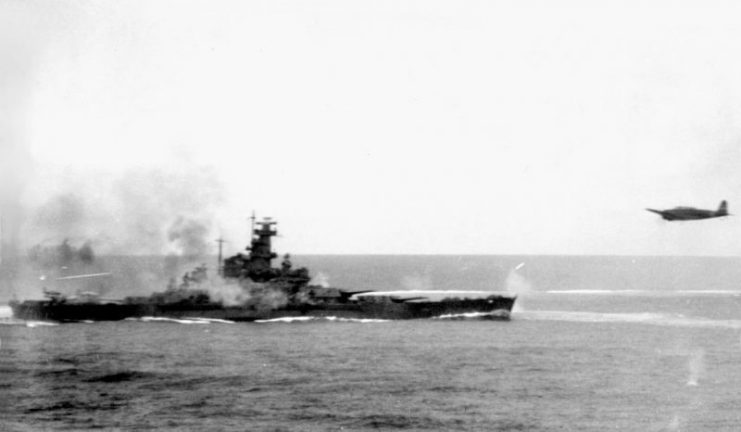
When he and some other crew members were on shore, celebrating their medals and having fun, his mother saw some newsreel footage about the Navy’s latest brave fighters. She was shocked to realize her son was among them.
She immediately called the Navy to inform them that one of their newest war heroes was, in fact, barely a teenager.
Naturally, his superiors were mortified by his deception and the attending bad publicity it caused. As a result, they rescinded Graham’s medals and tossed him into a military prison in Corpus Christi, Texas.
It was only when his sister, Pearl, threatened to go to the press about her “baby vet” brother that the Navy relented and let him out of jail. The medals, however, were not restored.
Briefly, he became a celebrity in Texas, but soon he was just another unemployed man with no prospects.
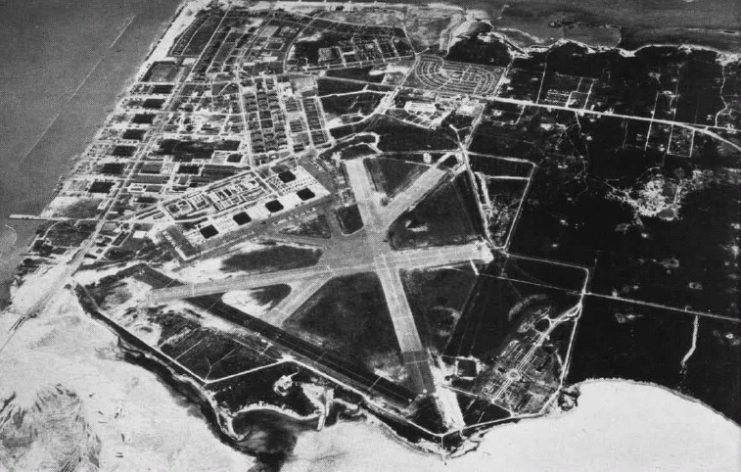
By 14, he was married; at 15, he was a father; at 17, he was divorced and selling magazines to stay afloat. Seemingly undaunted by the military’s harsh treatment, Graham enlisted yet again, only this time with the Marines. But a lengthy career was not to be; his back was broken in a fall in 1951.
His service with the Marines should have qualified him as a veteran with full medical coverage, but Graham got only 20% of the funds he was owed. And he did not get the honorable discharge he so desperately wanted.
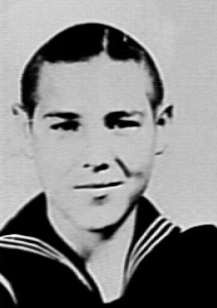
Then, in 1976, when Jimmy Carter was elected the U.S. President, Graham saw an opportunity. Carter was an “old Navy man,” as Graham put it in a letter, and he asked the president for his help.
In 1978, Carter approved Graham’s benefits package, but it would take another decade, when Ronald Reagan was in office, for his full benefits, medals, and honorable discharge to come through.
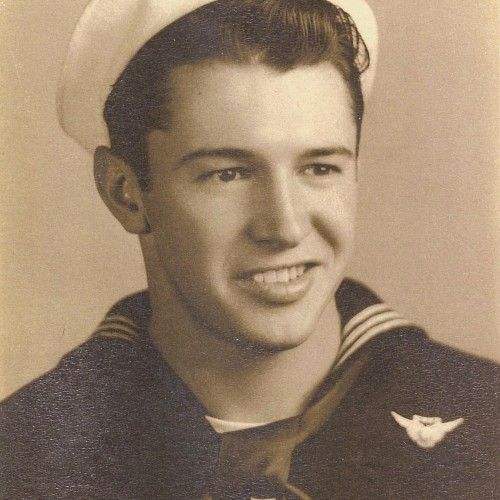
Read another story from us: Youngest Soldier of WWII
The Purple Heart did not follow — at least not in Graham’s lifetime. It was awarded to his family in 1994, two years after Graham had passed away at the relatively young age of 62.
He had given his youth to his country, but it wasn’t until he was gone that his country finally granted him the first medal he’d earned.
